The doors of Intesa Sanpaolo’s new Gallerie d’Italia headquarters open in Turin: Palazzo Turinetti, the bank’s legal and historical headquarters in Piazza San Carlo, becomes the fourth gallery museum. Ten thousand meters of exhibition space on five floors, three of which are underground. The architectural project transforms the spaces of Palazzo Turinetti into a place where photography and video art will document and preserve images, events, and reflections to promote issues related to the evolution of ESG (Environmental, Social, Governance) sustainability. The “Gallerie d’Italia - Turin” will also be home to theIntesa Sanpaolo Publifoto Archive (with about 7 million shots taken from the 1930s to the 1990s by one of Italy’s leading photojournalism agencies) and will display a selection of works from the Group’s collections including the pictorial cycle of the ancient Oratory of the Compagnia di San Paolo owned by the Bank.
The opening of Palazzo Turinetti comes after the 2022-2025 Business Plan, recently unveiled by Intesa Sanpaolo’s CEO and Managing Director Carlo Messina, strengthened the bank’s commitment to culture with the expansion of the bank’s other two museums in Milan and Vicenza, leading by 2025 to the doubling of the Gallerie d’Italia’s total exhibition space (from 14.200 square meters to 30,000 square meters) and consolidating the Group’s position among the top private cultural operators internationally in terms of reputation, commitment, and the size, quality, and financial value of the collection, a commitment that is part of the Group’s ESG activities. Both the museum in Turin and the one in Naples, which will open in a few days, will carry out numerous activities including original temporary exhibitions, education for schools, scientific research, and initiatives for social inclusion. Some of the spaces will be available for city events and initiatives.

 Galleries of Italy
Galleries of Italy Galleries of Italy Turin
Galleries of Italy Turin Galleries of Italy Turin
Galleries of Italy Turin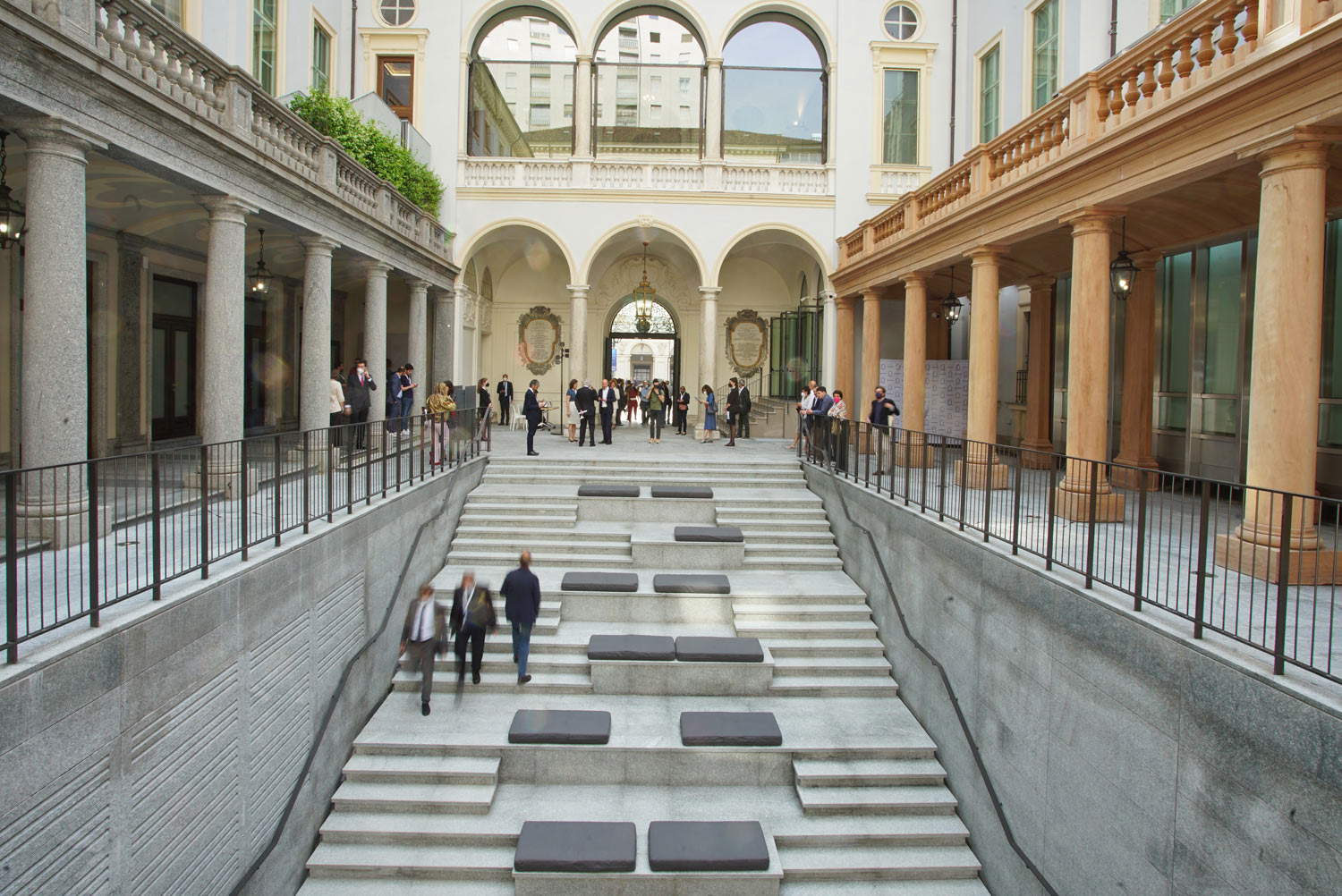 Galleries of Italy Turin,
Galleries of Italy Turin,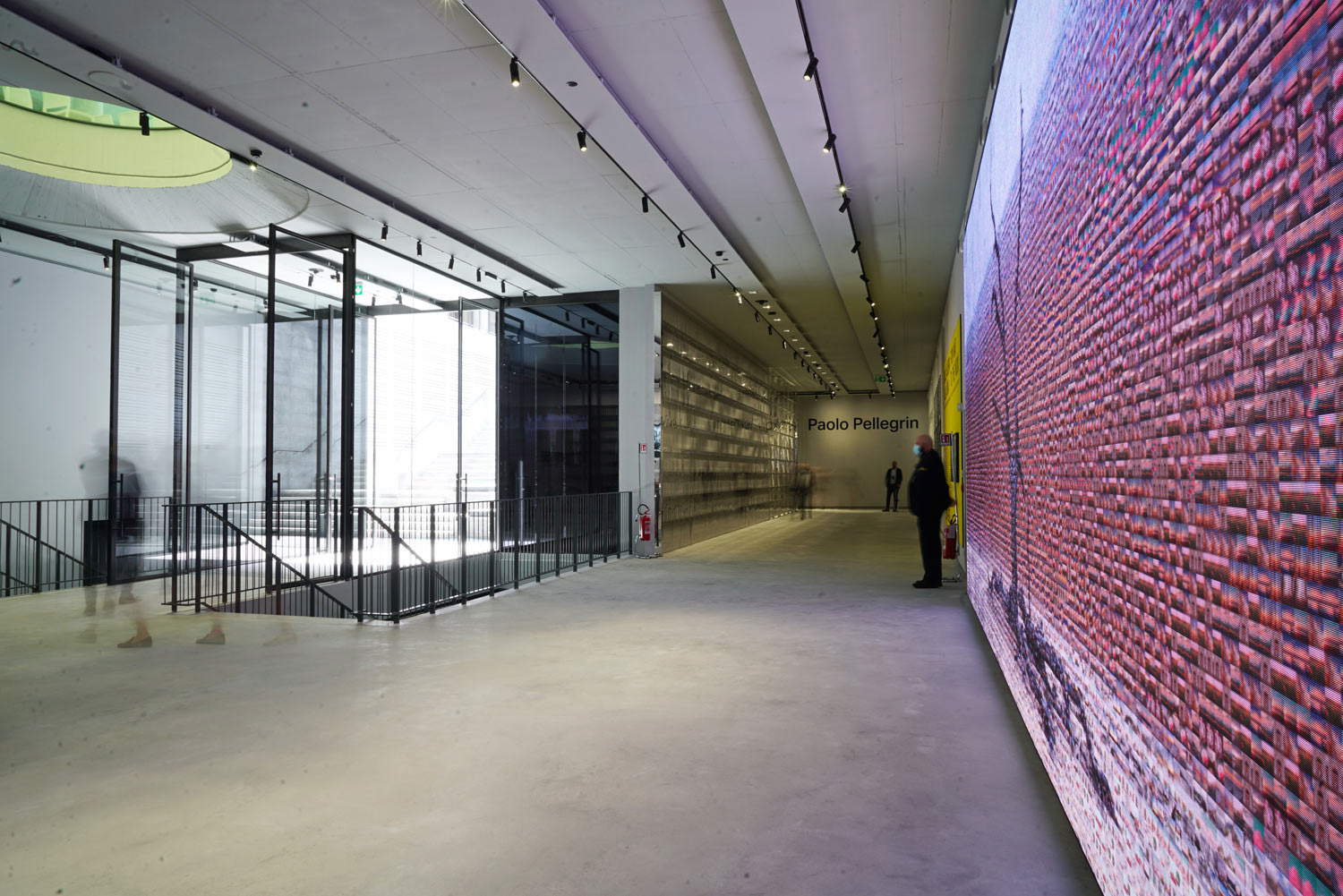 Galleries of Italy Turin,
Galleries of Italy Turin, Galleries of Italy Turin,
Galleries of Italy Turin,Entrance to the new Gallerie d’Italia - Turin will be from the current access to the Bank’s courtyard at 156 Piazza San Carlo, via a grand staircase that also aims to be a place for socializing and will lead visitors to the underground exhibition spaces, which will be used for exhibitions. On the first underground floor, the project includes educational classrooms with modular spaces, characterized by a large window that overlooks the “Sala dei 300,” the historic hall where the Sanpaolo-IMI Banking Institute assemblies were held before the construction of the Turin skyscraper. Temporary exhibitions will be hosted here.
The second underground floor, where the ticket office will be located, will be a communication and meeting place, including for visiting school groups, a junction point of the museum from which the public can decide how to move through multiple routes according to their choices and interests. A “long sleeve” designed for classic photography will lead to the rooms on the third underground floor where the Intesa Sanpaolo Publifoto Archive will be housed, visible to visitors through a large window. The agency of the same name, founded in Milan in 1937 by Vincenzo Carrese and a point of reference for Italian journalism, documented events in news, politics, customs and society from the early 1930s to the 1980s. His archive, taken over in 2015 by Intesa Sanpaolo, is now a great heritage of collective memory consisting of about 7 million images of analog photographs: glass and film negatives, slides, contact specimens and prints, which the Gallerie d’Italia has made totally visible and acce ssible to the community, also thanks to the interactive installation “Archivio Vivo” that allows free digital consultation. In fact, a large touchscreen panel will make it possible to consult the digitized images of the Archives. This floor will host one of the major characterizing elements of the Turin Galleries: a multimedia room (40 x 14 meters), equipped with 17 4K projectors able to offer visitors the sensation of being literally immersed in the images and videos.
After visiting the underground spaces, going up to the ground floor, the public will find an open-air cloister bounded by Piazza San Carlo, Via XX Settembre and Via Santa Teresa, where a new bookstore, café and restaurant will also open. On the main floor of the palace, in therow of rooms overlooking Piazza San Carlo, the museum itinerary curated by Fernando Mazzocca, Alessandro Morandotti and Gelsomina Spione will display about fifty works (paintings, sculptures, tapestries, furniture) from the 14th to the 18th century, set up in dialogue with the late Baroque decorative apparatus (overdoors, boiseries, mirrors) of the palace; a dedicated room will also house the nine large canvases owned by the Bank made in the second half of the 17th century to decorate the former Oratory of the Compagnia di San Paolo, now destroyed. On the same floor, the historic “Turinetti Room” will be used for city events and initiatives. Michele Coppola, Executive Director Arte Cultura e Beni Storici and Director of the Gallerie d’Italia, is in charge of the Turin museum, joined by Deputy Director Antonio Carloni, former director of the international festival Cortona On The Move. The museum will open on Tuesdays, Thursdays, Fridays, Saturdays and Sundays from 9:30 a.m. to 7:30 p.m., and on Wednesdays from 9:30 a.m. to 10:30 p.m. Last admission will be an hour and a half before closing.
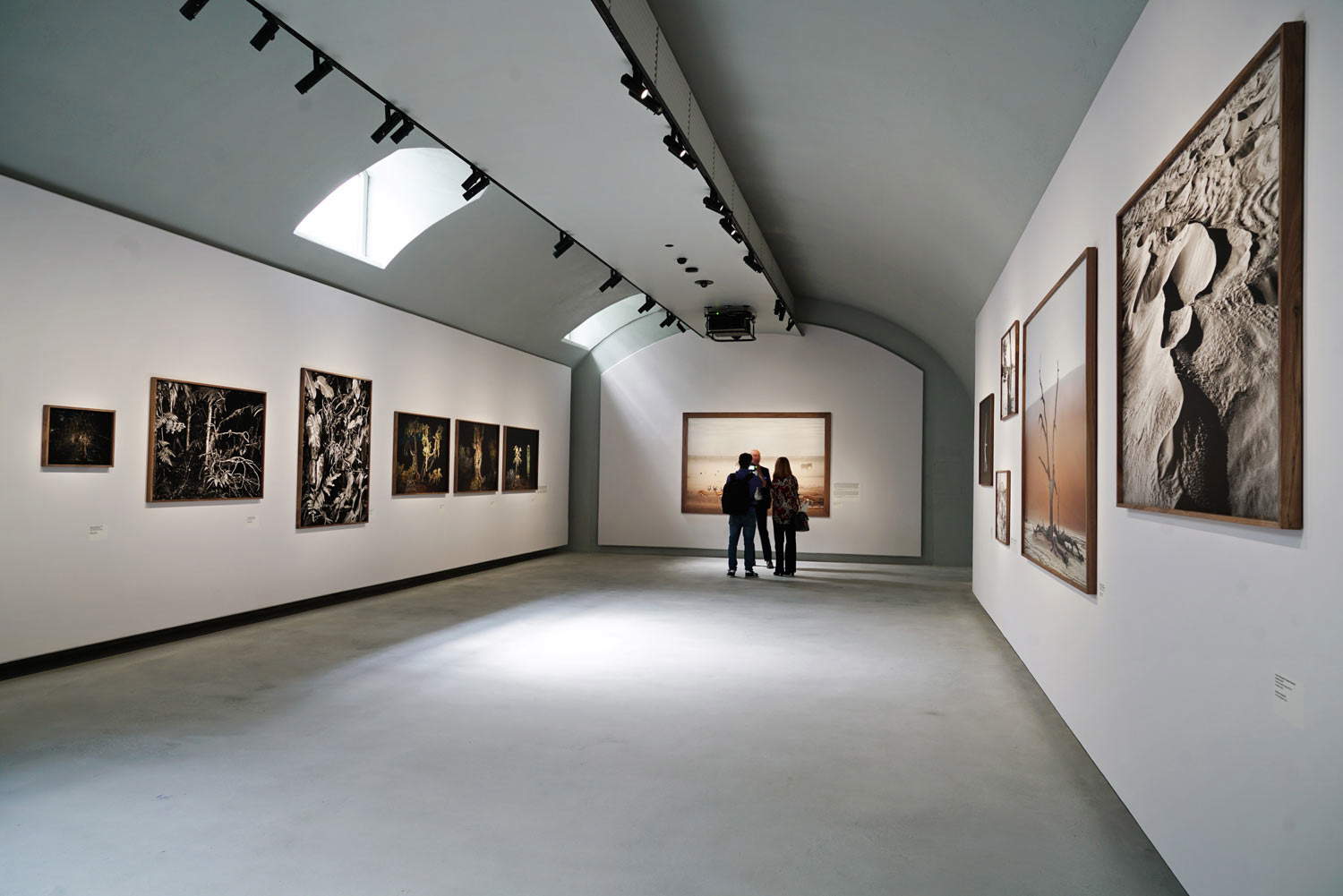
 Galleries of Italy
Galleries of Italy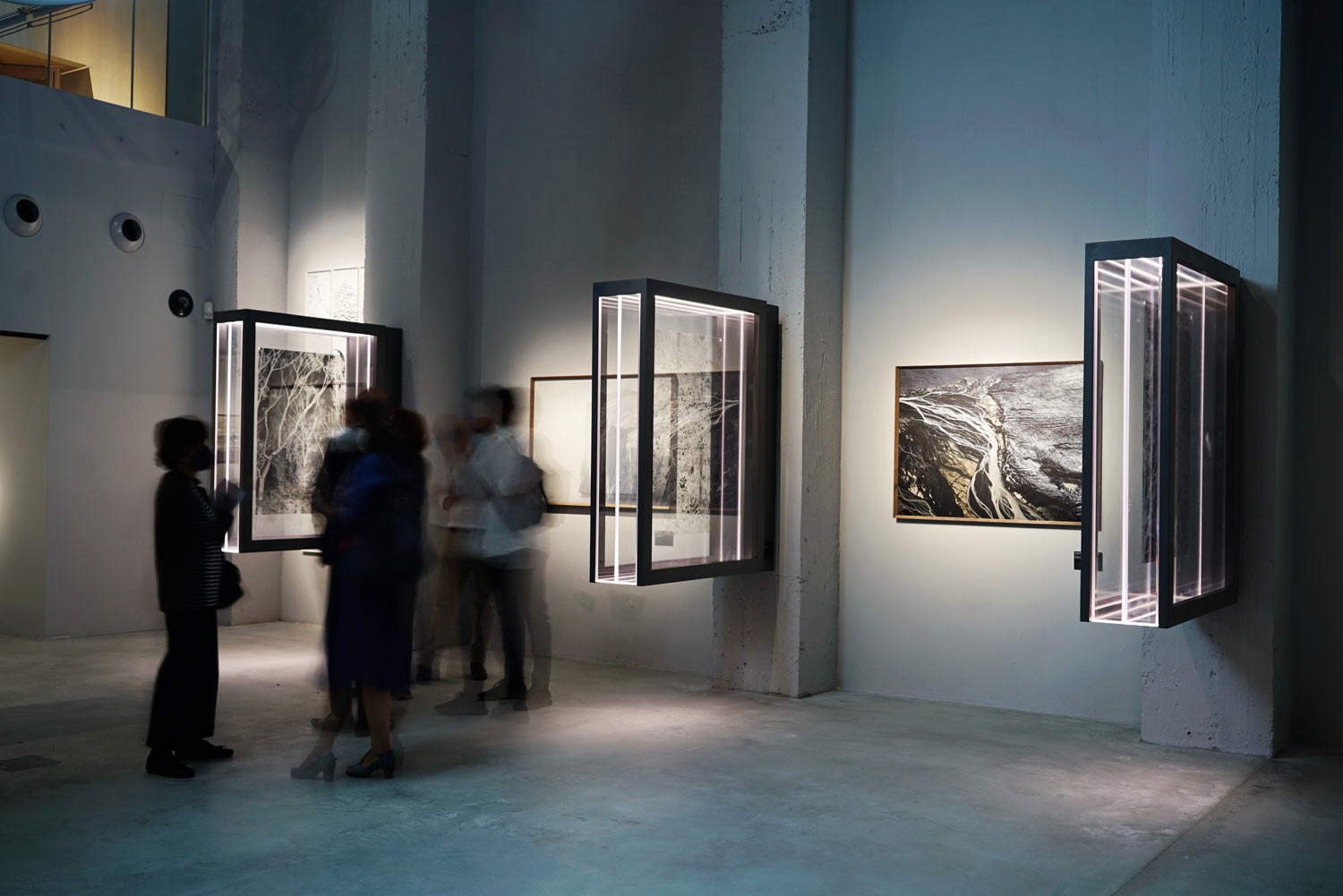 Galleries of Italy
Galleries of Italy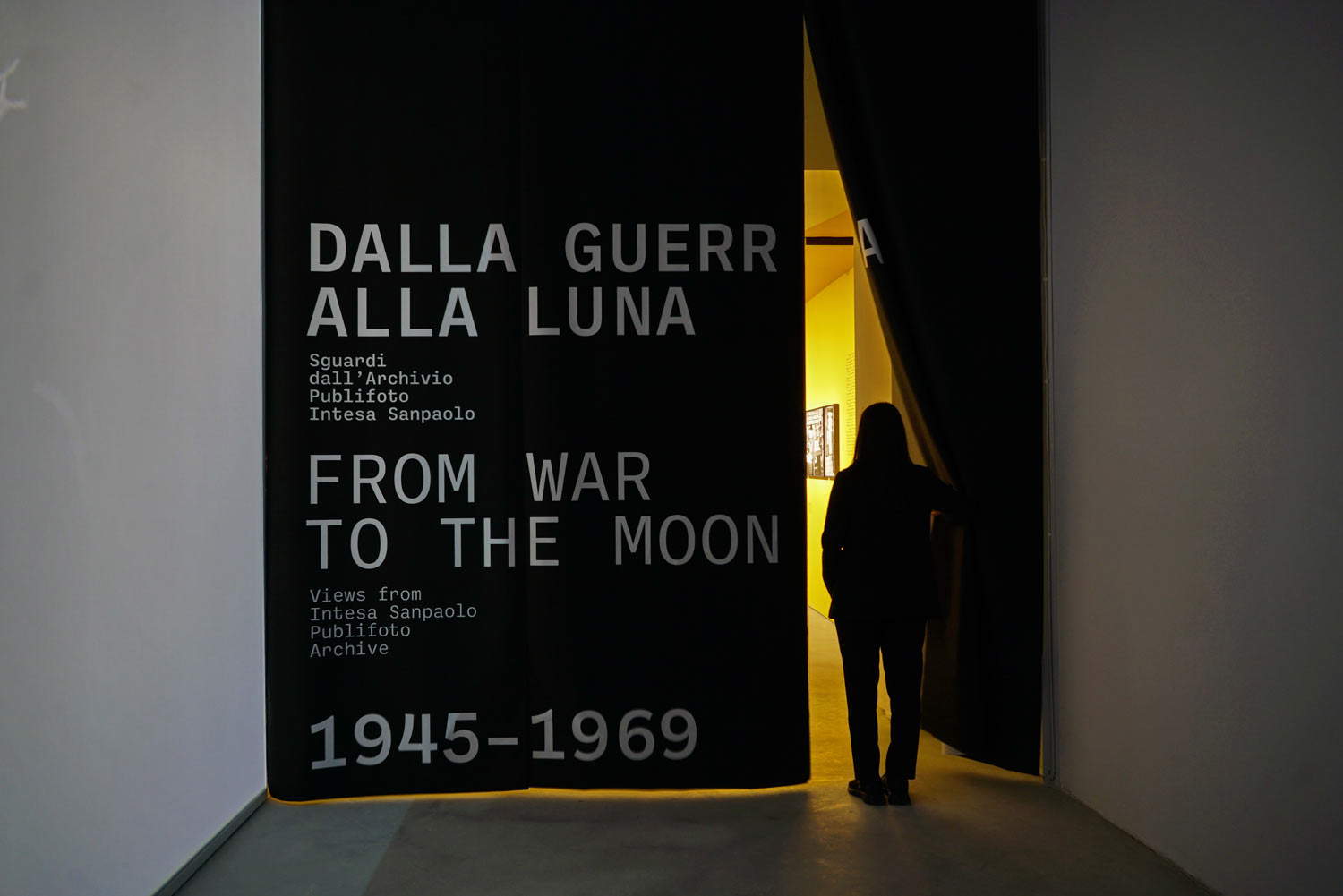 Galleries of Italy Turin
Galleries of Italy Turin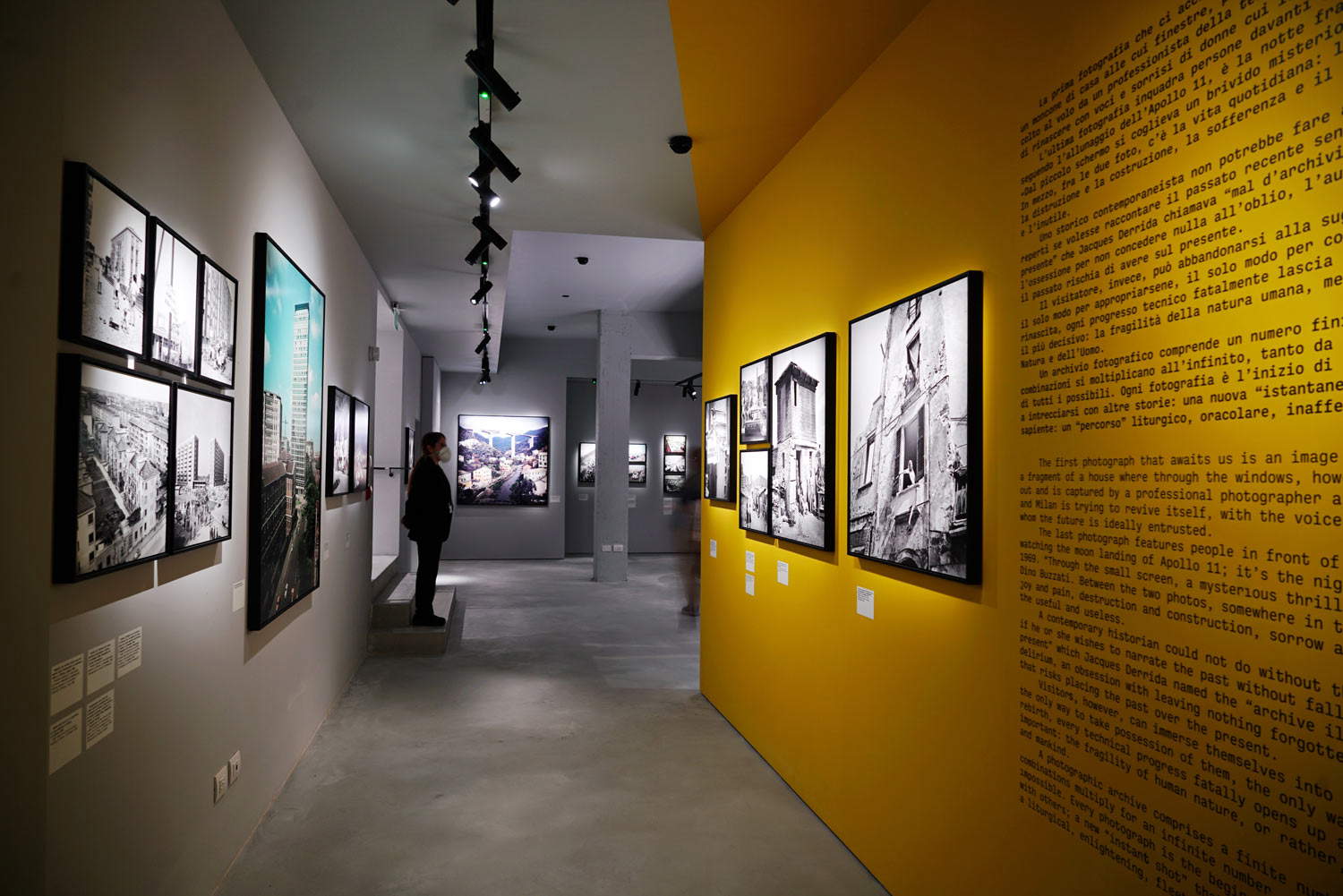 Galleries of Italy Turin
Galleries of Italy Turin Galleries of Italy Turin,
Galleries of Italy Turin, Galleries of Italy Turin
Galleries of Italy TurinGallerie d’Italia - Turin is committed to bringing young people and schools in the Piedmont region closer to the visual arts, through workshops and educational paths articulated in a permanent offer focused on photography. An offer that is the result of an integrated approach, combining cultural content and digital tools, in line with the educational plans proposed by the European Commission. The constant commitment to the design of dedicated paths, guarantees a rich and articulated educa tive offer where direct experience is the key word for an interactive and engaging learning that stimulates reflections on the contemporary. Activities will be designed “tailor-made” and are intended for schools of all levels, in line with school curricula and declined in relation to different age targets.
In addition, special attention will be paid to the implementation of projects to support students with disabilities, to make the museum an always open and welcoming space for all. The Gallerie d’Italia of Turin also presents itself as an activator of dialogue with the communities and sociocultural partners of the city and the territory, proposing a palimpsest of specific events alongside the temporary exhibitions. These are thematic and multimedia Public Programs, designed to delve into the main theme on display in different directions; their goal is to broaden the hybridization among all the actors involved, transforming individual events into as many occasions of exchange to be experienced together.
Palazzo Turinetti looks elegant, linear and sober on the outside, and rich in stucco, decorations, and fine furnishings on the inside. This is the “dual face” of Palazzo Turinetti, which since 1963 has housed the Management of the San Paolo Banking Institute of Turin and is now the legal headquarters of Intesa Sanpaolo (in 2007 the result of the merger of two major Italian banking entities, Banca Intesa and Sanpaolo IMI). The historic part of this very large, quadrilateral-shaped building overlooks the central Piazza San Carlo, “the living room of Turin.” From the windows the eye is drawn to the monument placed in the center of the square, the so-called “Caval’d brôns,” or the equestrian statue of Duke Emanuele Filiberto, placed there in 1838. It commemorates the end of the French occupation of Turin, thanks to the victory of St. Quentin and the take-off of the city as the capital of the Duchy of Savoy. This all happened in 1563, and in the same year seven citizens of Turin founded the Compagnia di San Paolo for the purpose of relief of the poor and charity. From this historical core originates the Bank: the Istituto Bancario San Paolo di Torino.
Curiously, banking and finance are intertwined from the beginning with the history of the palace, built by Marquis Giorgio Turinetti of Priero, court banker and president of the finances of the Duchy. At the beginning of the 17th century, Turin underwent radical architectural transformations to make the capital of the Savoy State a city on a par with other European courts. Promoter of this ambitious project is Christina of France, whom history remembers as “Madama Reale.” Her model is the country of origin, the dominant style the Baroque, the architect of reference Carlo di Castellamonte. In this context, in the place of some military fortifications present i in the area, stands Piazza Reale, today San Carlo, surrounded by the palaces of the aristocracy and the twin churches of San Carlo and Santa Cristina. Subsequent embellishments, in accordance with the spread of new styles and tastes, nevertheless left the symmetrical original design substantially unchanged. In 1951 the Istituto Bancario San Paolo purchased Palazzo Turinetti. The parts damaged by World War II bombing were rebuilt and the decorations restored, also using elements and furnishings from disused buildings of the same period. The inner courtyard is an excellent vantage point to grasp the result of such integration of ancient and modern parts, carried out under the guidance of architects Mario Dezzuti and Arturo Midana.
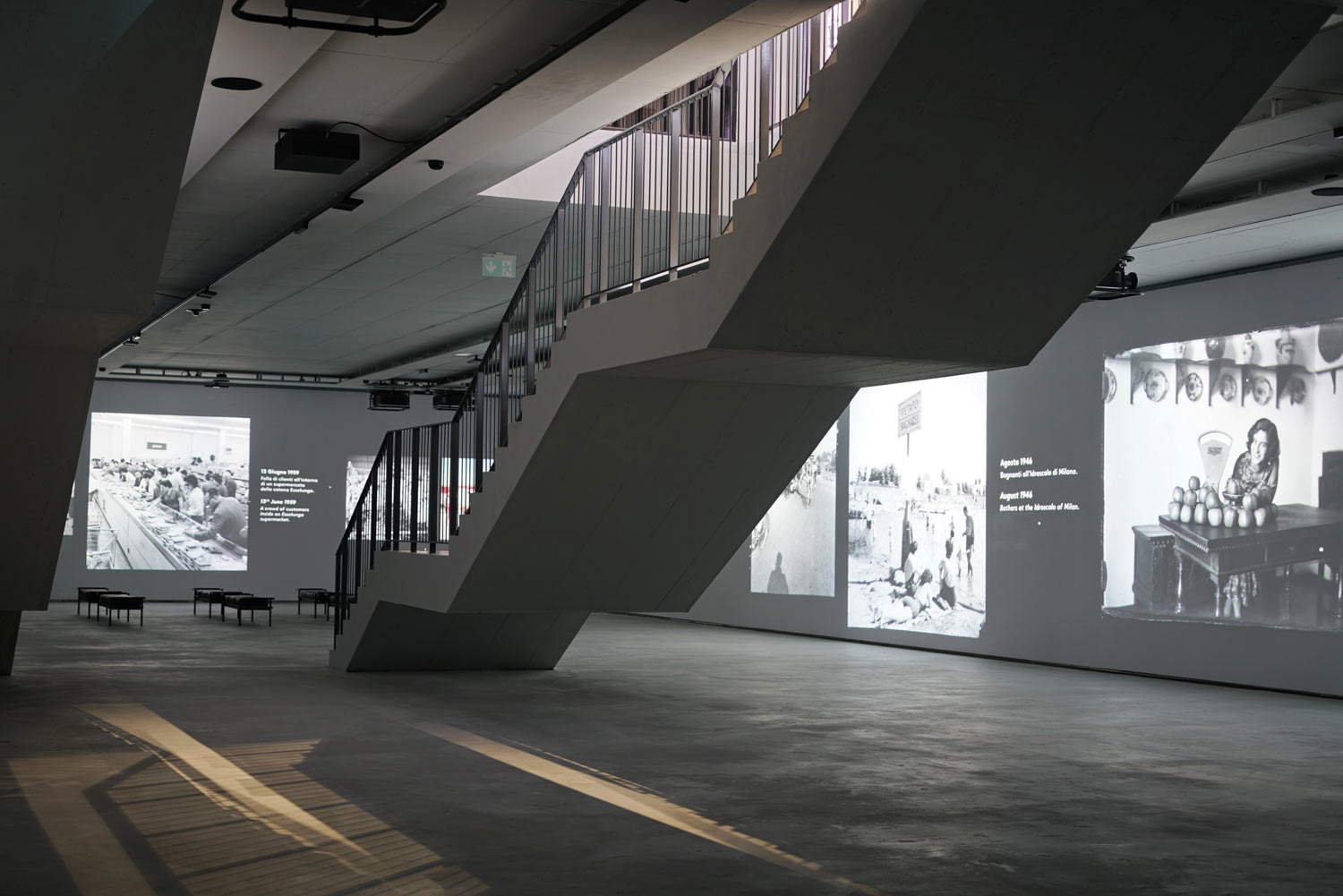
 Galleries of Italy
Galleries of Italy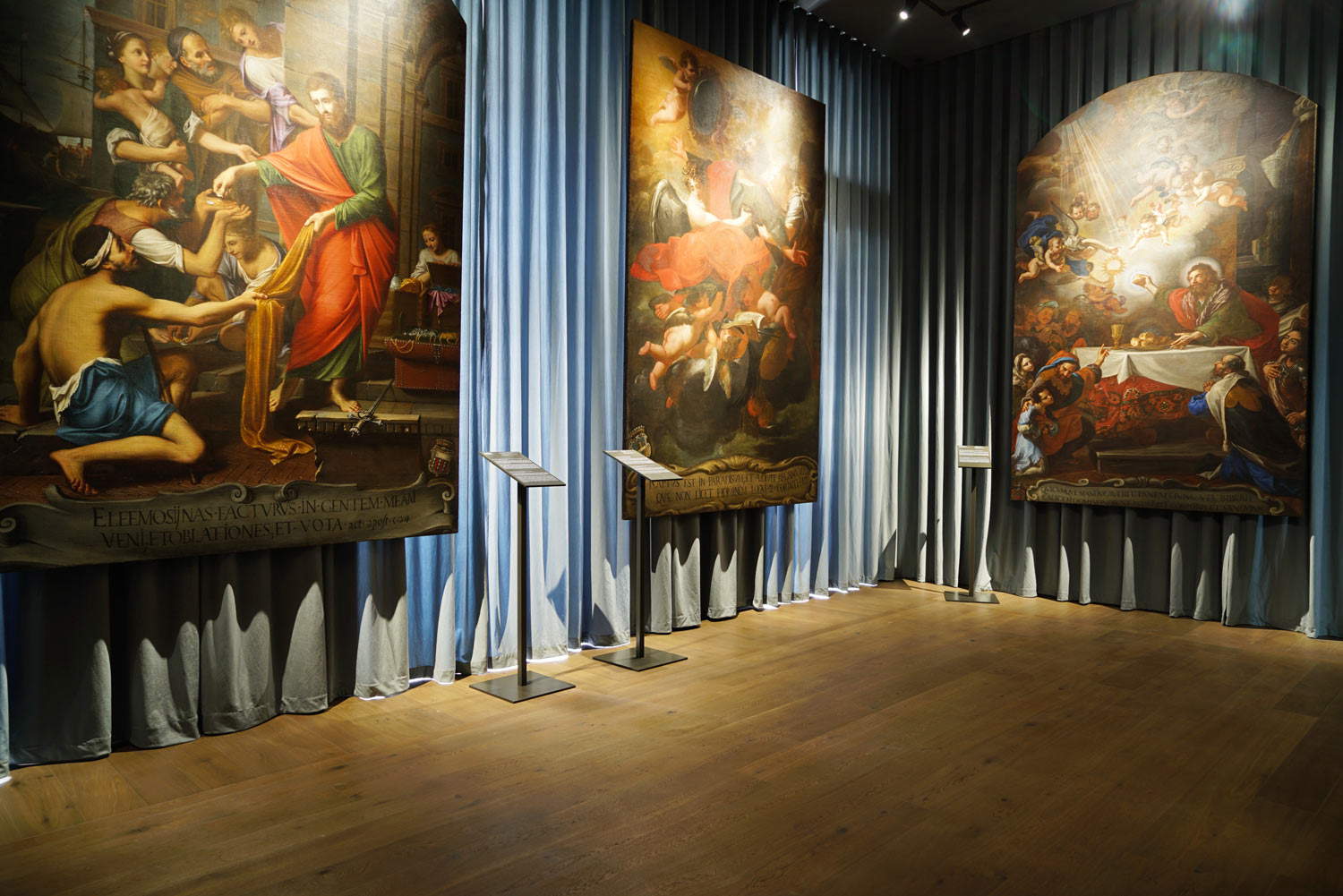 Galleries of Italy Turin
Galleries of Italy Turin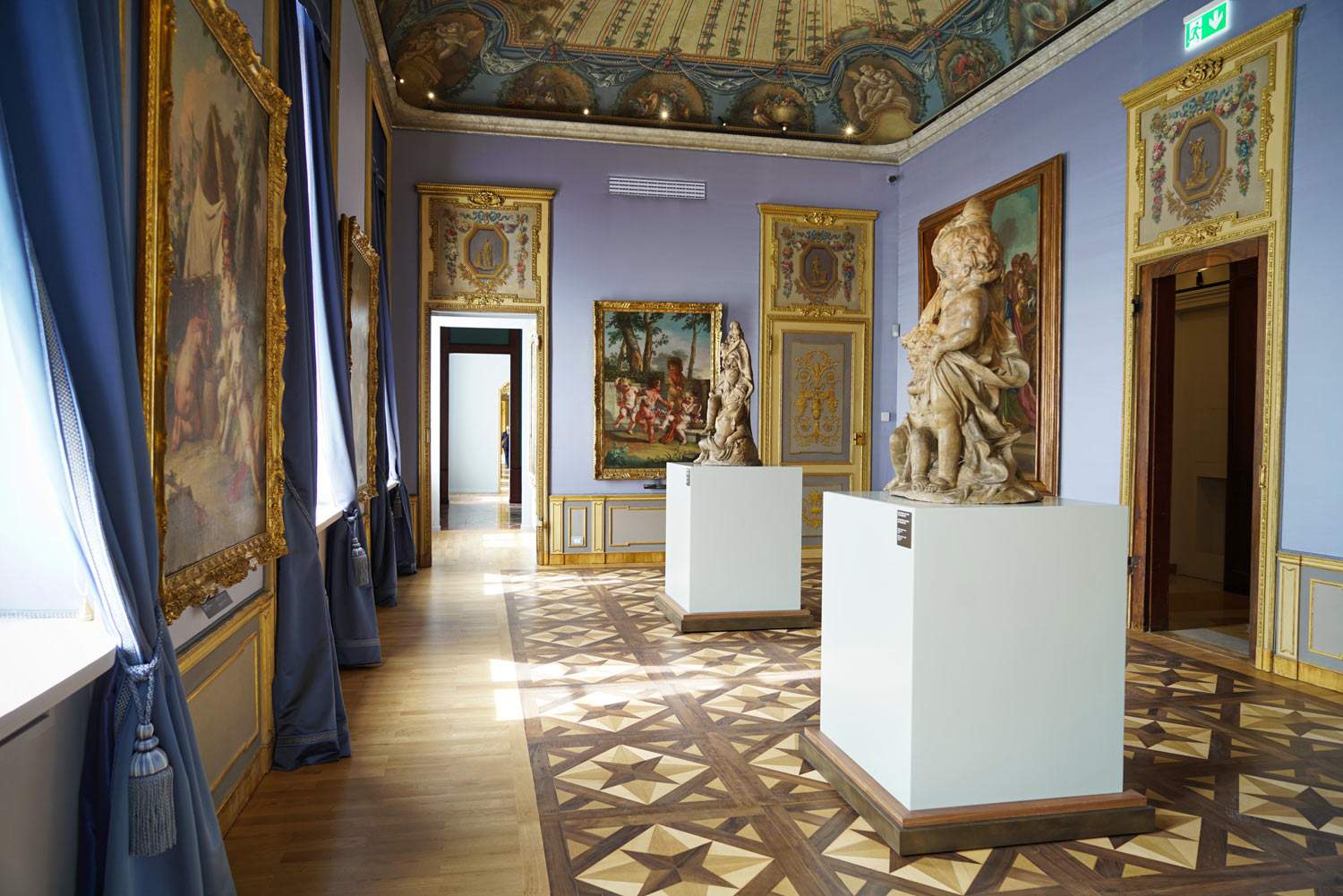 Galleries of Italy Turin
Galleries of Italy Turin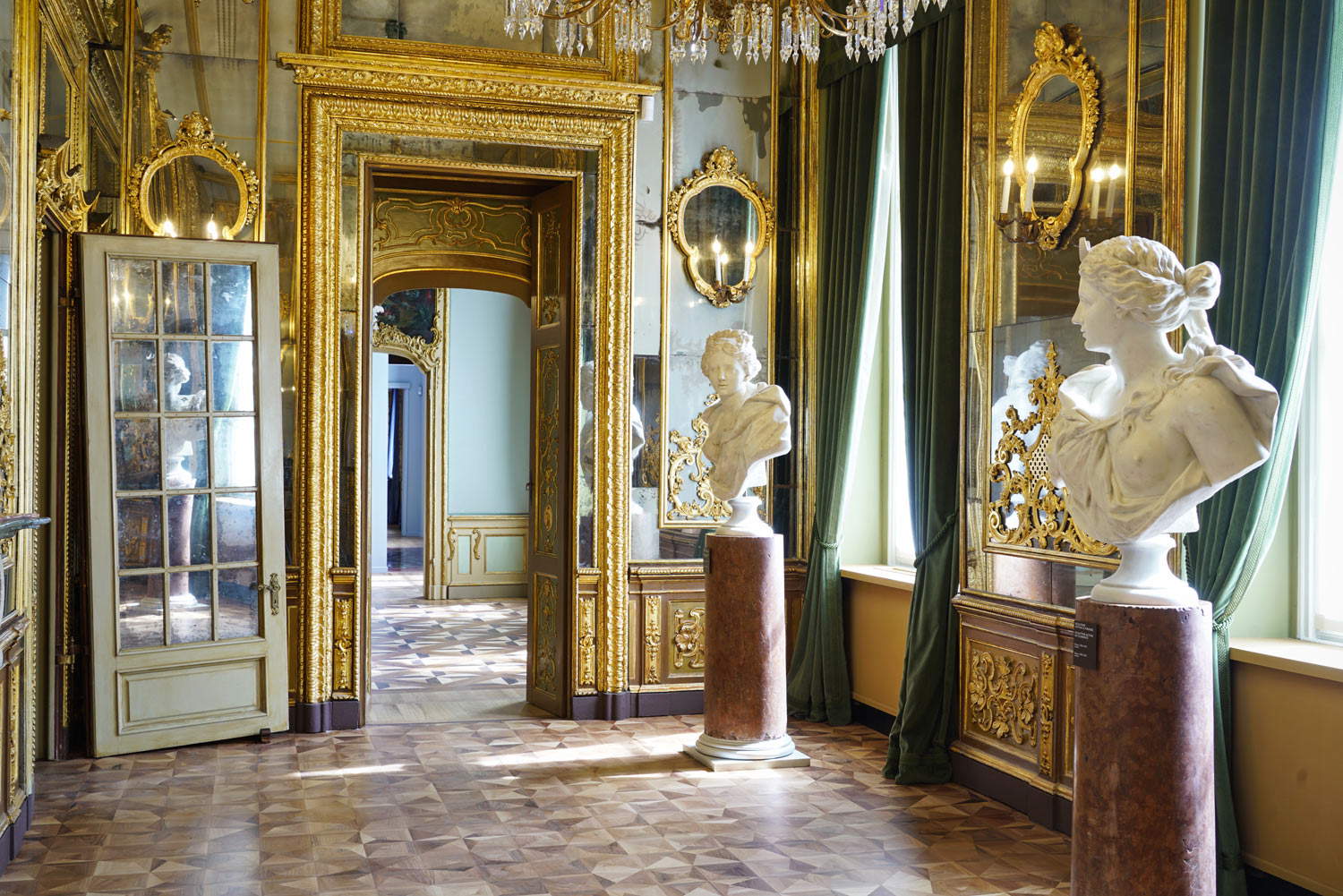 Galleries of Italy Turin,
Galleries of Italy Turin,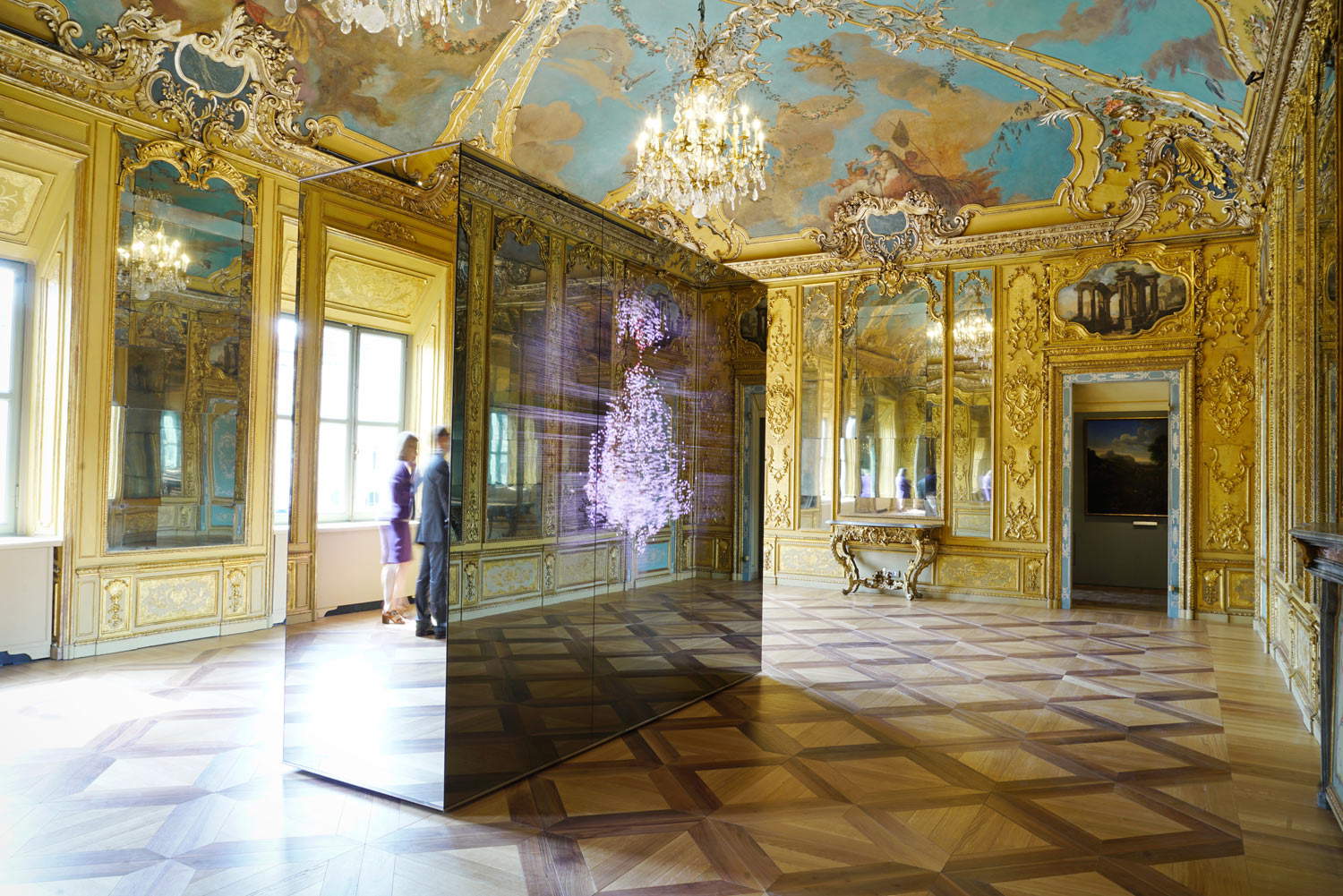 Galleries of Italy Turin,
Galleries of Italy Turin, Galleries of Italy Turin
Galleries of Italy Turin“Gallerie d’Italia are the spaces that Intesa Sanpaolo makes available to city communities, offering the benefits of human and spiritual growth that art and culture provide,” says Giovanni Bazoli, chairman emeritus of Intesa Sanpaolo. “The opening of the Turin branch, in Piazza San Carlo, completes a project with a national dimension and represents one of the most important stages in the history of our bank’s commitment to culture. And we believe that we can speak of an event of great significance for Turin: not only in terms of culture, as the new museum will enrich the city’s already extensive cultural offerings, but also from an institutional and civic perspective. In a scenario of dramatic uncertainty such as the one we are currently experiencing, today’s event also represents a sign of hope and confidence in the future.”
“The inauguration of the Turin museum in Palazzo Turinetti, where the Group has been headquartered for so many years, is a new and fascinating form of Intesa Sanpaolo’s rootedness in the city,” says Gian Maria Gros-Pietro, chairman of Intesa Sanpaolo. “In the rooms where vital decisions were made for the Bank, today we breathe art, culture, creativity. A sign dense with meaning: the future comes from the roots.”
“Art and culture represent, for a country such as ours, foundational elements of collective identity and at the same time valuable resources for a growth of the economy and society capable of looking in particular at the youngest people,” stresses Carlo Messina, CEO of Intesa Sanpaolo. “For these reasons, too, the commitment to new initiatives such as the one we are inaugurating today is an integral part of Intesa Sanpaolo’s Business Plan. The museum in Turin-and the relocation of the Naples office-can give new impetus to the bond that unites us with two such important cities, a bond situated at the roots of our Group.”
“It is always a day of celebration when a museum opens, and it is even more of a day of celebration when it opens a place so beautiful and so projected toward innovation in display and open to all forms of art,” highlights Stefano Lo Russo, mayor of Turin. “Turin is enriched with a new space that will contribute to making the city increasingly a protagonist in art and culture. By all working together we make Turin more and more attractive and open to the world.”
“Ours is a fortunate land because it can count on realities that, in addition to being excellence in our economic system, have always had a sensitivity and corporate social responsibility that are extraordinary,” recalls Alberto Cirio, president of the Piedmont Region. “Intesa Sanpaolo is a constant testimony to this. It has been so in these difficult pandemic years to help us support our health system, and it is so now in this moment of rebirth for everyone, giving us places of history and culture that tell the beauty of Italy and our Piedmont.”
 |
| Turin, Italy's new Gallerie d'Italia museum, Palazzo Turinetti, opens with three underground floors |
Warning: the translation into English of the original Italian article was created using automatic tools. We undertake to review all articles, but we do not guarantee the total absence of inaccuracies in the translation due to the program. You can find the original by clicking on the ITA button. If you find any mistake,please contact us.